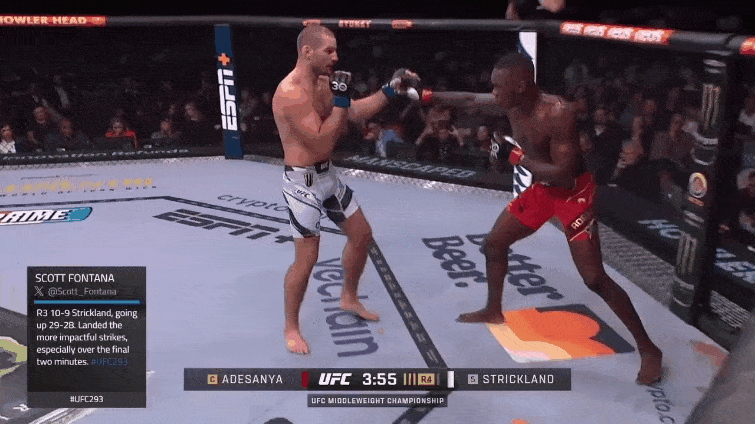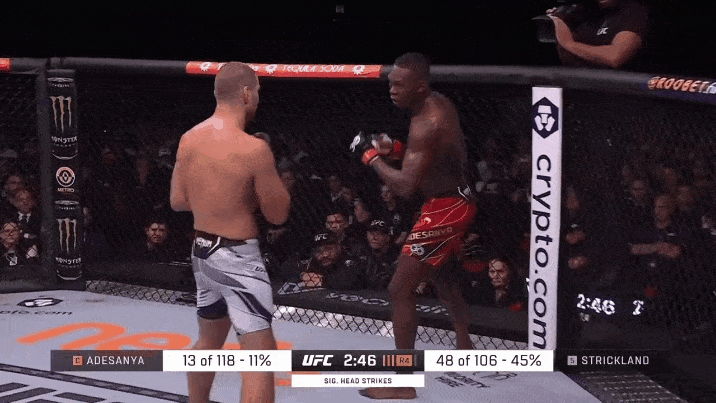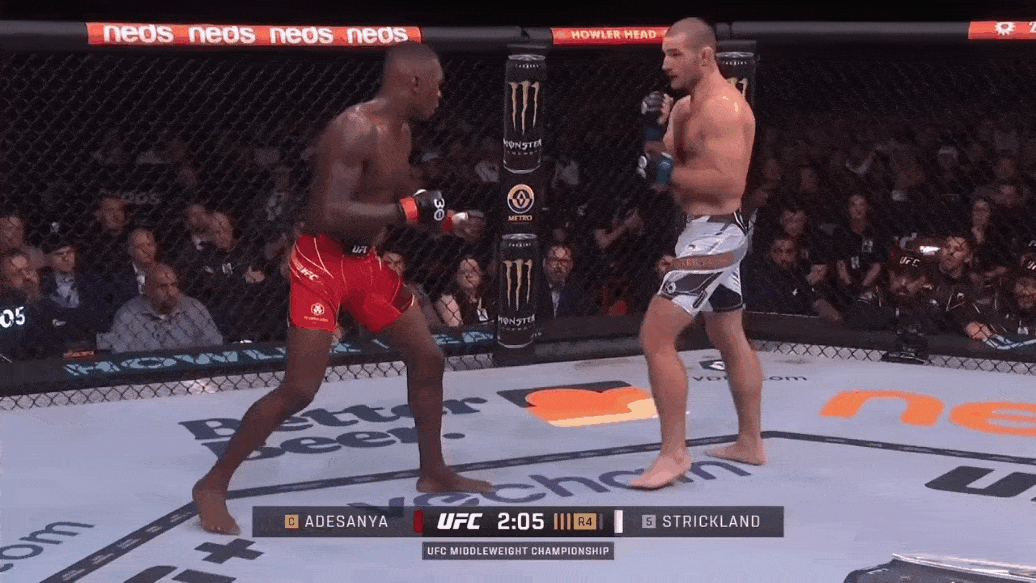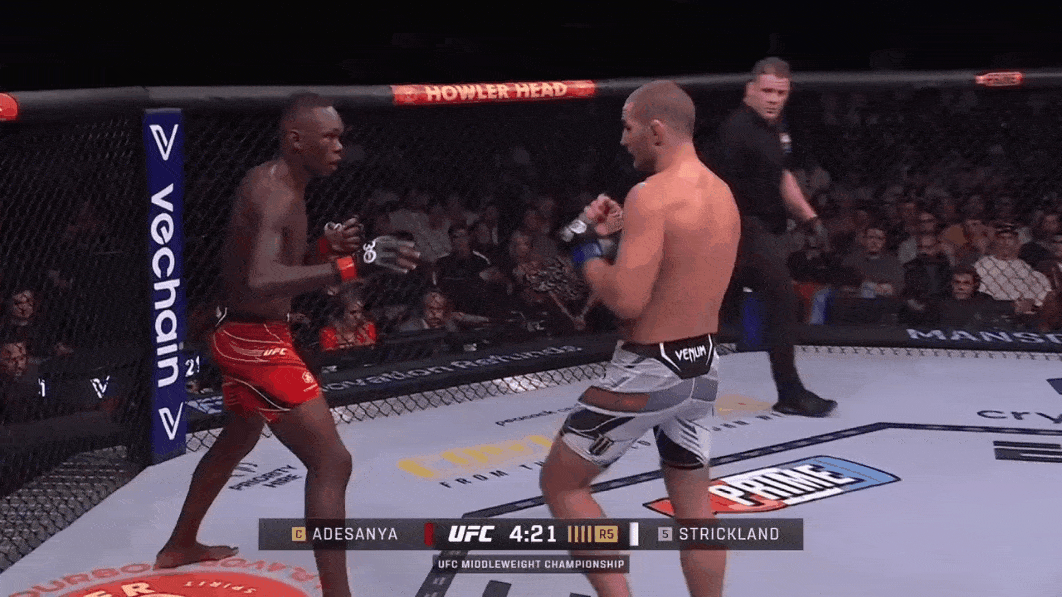All boxing defenses are taught as primary defensive.
Head movement mostly is not taught to complete beginners, it starts with parrys and guard work, being defensively sound and not panicking under pressure. Head movement comes later, generally.
There is no "primary" defense in boxing when you became more experienced. You take all that you have learnt and work with your coaches to develop your own individual style.
That's a reasonable post from a 7 day account. Looks like you joined the forums to enter this discussion. I can see that head movement could often be taught later compared to parrying as for some it may be a more difficult skill to master.
Perhaps for some they can both be considered 'primary defences' in boxing. However if you see a boxer not using head movement much and instead relying on parrying its notable and unusual and stands out, which is why guys who use it a lot like Duran get attention as unique and even get labelled as using "sticky hands". This supports the premise that it generally has much lesser emphasis in boxing as opposed to Wing Chun fundamentals which is a distinction between the two systems.
Considering that boxing is a spectator sport, and that there have actually been rules against excessive parrying or 'spoiling' punches at various times, this isn't surprising.
That's why sports like boxing and MMA evolve over time when athletes bring something new to the table that they have found that works for them in training. Boxing and the like gives you the freedom to express a yourself (to a certain extent), because there is no rule book or scripture that you have to follow for it to be considered boxing unlike kung fu.
Some of this is true and simply relates to the nature of live combat sports allowing for a natural evolution of fighting basesd on seeing what works and what doesn't work. Application of styles like Wing Chun or principles and techniques consistent with it can likewise enter MMA which it has, and go through the same process so this is not unique to boxing.
However you are on shaky ground when you say "there is no rulebook to follow for it to be considered boxing".
There quite literally is a rulebook in boxing for it to be considered as boxing, with obvious limitations on grappling, striking, what part of the hand can be used etc and techniques for punching and moving.
For you to claim boxing is simply a formless standup punching style limited by a ruleset, and can therfore take credit for most anything someone might do with their hands and fists in a combat setting simply isn't true. Boxing has freedom yes, but it is still basically a style or system like any other.
you can't see the forest through the trees, because your love for kung fu and obsession to prove its legitimacy even with its limitations really clouds your vision of what everyone is trying to point out to you.
In simple terms if you see a silhouette of someone doing kung fu, you will say that's kung fu, if you see silhouette of a professional boxer boxing, you will be able to name the boxer...because most boxers have their own style, and look completly different and are completly individually recognisable
Different boxers have different ways of doing it yes, but there are consistencies that can be identified which make it recognizably 'boxing'.
Use of head movement in dealing with incoming strikes is one such inseperable aspect of boxing.
This is why it has been such a struggle for people to identify the few boxers who have a
somewhat relateable style to what Strickland was doing.
To claim that a fighter, using MMA gloves (not trained with in boxing), utilising primarily a parry and arm deflection system (adapted mainly from his Muay Thai training, not boxing) with control of range along the centerline and straight punching, with minimal head movement most of the time, is simply "doing boxing" is disingenuous and inaccurate.
The fact that I can readily identify most of these principles as consistent with Wing Chun, yet nobody can name me a school or type of boxing that teaches and produces fighters who employ a similar style (which isn't going to happen, due to boxing gloves and ruleset limiting this stylistic development and also that he developed it largely from a Muay Thai influence in an MMA ruleset) supports the view that I have.
It has nothing to do with 'love of Kung Fu', and it's rare for me to claim anyone as using Wing Chun principles and techniques in MMA. I have pointed it out with Anderson (especially in the Bisping fight), Ferguson used some techniques (especially in the Pettis fight) and we have seen some Wing Chun trained fighters in lower level MMA competitions but this is literally the first time we have seen a 'Wing Chun boxing' type of style successfully used to this extent in elite level MMA.










